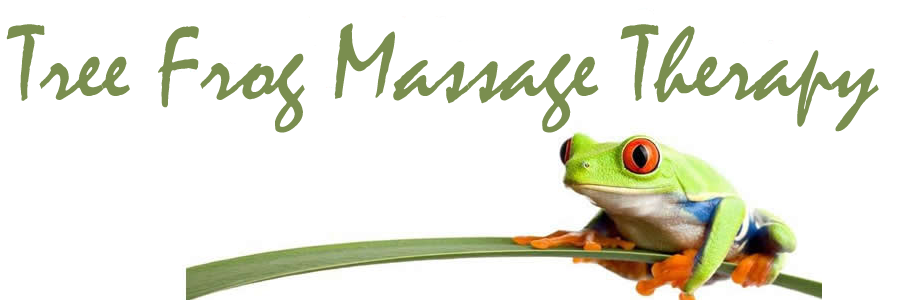Bowen Technique
The Bowen Technique is a dynamic system of muscle and connective tissue therapy that was developed by the late Tom Bowen in Australia. It utilises small but measured inputs to the body stimulating the body to heal itself, often profoundly.
Bowen Therapy usually results in the relief of many specific injuries and other health problems, both acute and chronic. It does so holistically, by using the body’s innate healing mechanisms. The practitioner delivers signals to the nervous system at specific locations (on muscles, tendons, ligaments, or nerves) and the body does the rest, responding in its own time, as it is able. Bowen Therapy is appropriate to use for individuals of all ages and in all degrees of health.
Rather than focusing on a single complaint, the Bowen technique addresses the entire body, by restoring balance via the autonomic nervous system (ANS). The ANS controls over 80% of bodily functions and is very susceptible to external stressors. Most people today live in a constant state of high stress and sympathetic ANS over-stimulation (`fight, flight or freeze mode`). Healing can occur only after the ANS shifts from sympathetic to parasympathetic dominance (`rest, relax and repair mode`). The Bowen technique seems to catalyse that shift.
Bowen therapy sessions generally last from 15 to 45 minutes. The moves are gentle but purposeful and can be done through light clothing if the client prefers. Clients usually lie on a massage table, or can be seated in a chair, if required, for comfort. In a session that balances the entire body, the lower back is addressed first, then the upper back, and then the neck. To minimise the need for disturbing the client’s rest, all procedures that require the client to lie face down are completed before having them turn over for the procedures that are done face up.
A Bowen Therapy `session` involves one or more `procedures`, each of which consists of several sets of `moves`. Between each set of moves, the practitioner pauses for as many minutes as are needed for the client`s body to begin responding. After the nervous system begins to adjust the tension level in the muscles, the client is ready for the next set of moves.
When faced with an acute injury, the practitioner may address only the traumatised parts of the body because there hasn’t been enough time for the injured client to begin compensating for, and accommodating to, the injury. Most practitioners, however, work with clients whose conditions have developed gradually over many years, and which have multiple factors at play.
Because of the subtlety of Bowenwork and the body’s continuing response to it, a period of one week is left between sessions, and other forms of manipulative therapies are not performed for up to 5 days after a Bowen Therapy session to avoid it interfering with the body’s processing.
Some conditions that often respond favourably to Bowenwork include:
Back pain and sciatica
Digestive and bowel problems
Earache and TMJ problems
Migraines and headaches
Fibromyalgia
Hip, knee, ankle and foot problems
Menstrual and hormonal irregularities
Neck and shoulder problems
Respiratory problems
RSI, carpal tunnel syndrome and tennis elbow
Sports and other traumatic injuries
Baby Bowen uses a few gentle moves and may provide support for babies troubled with conditions such as colic

